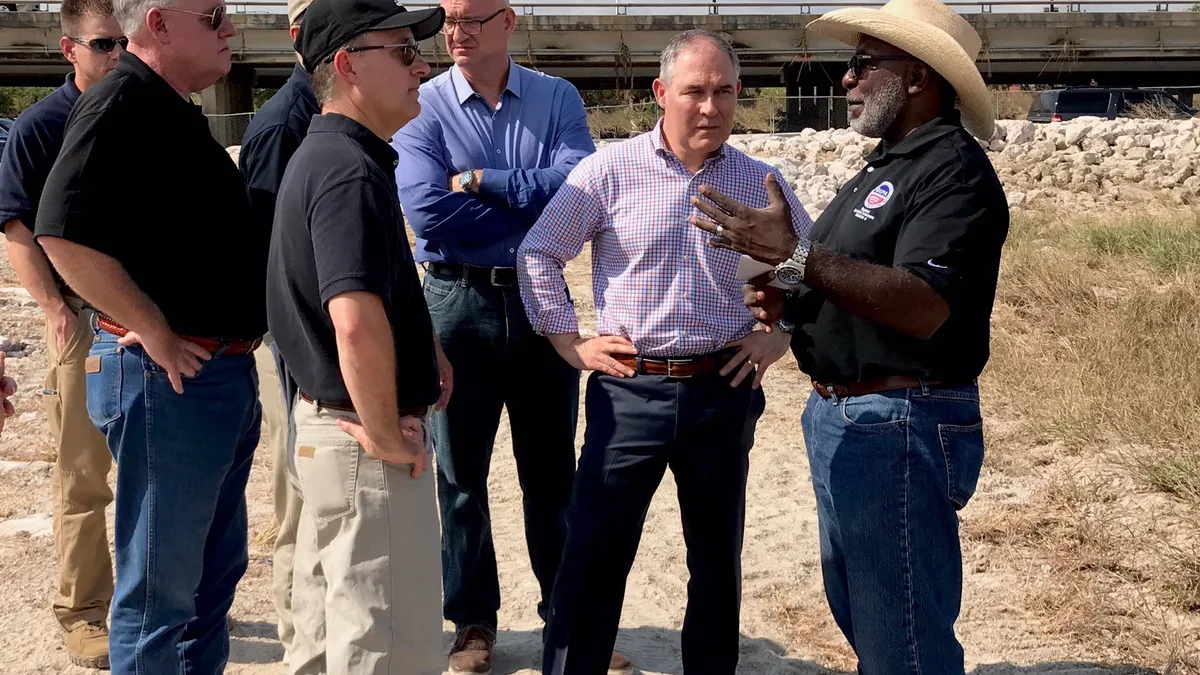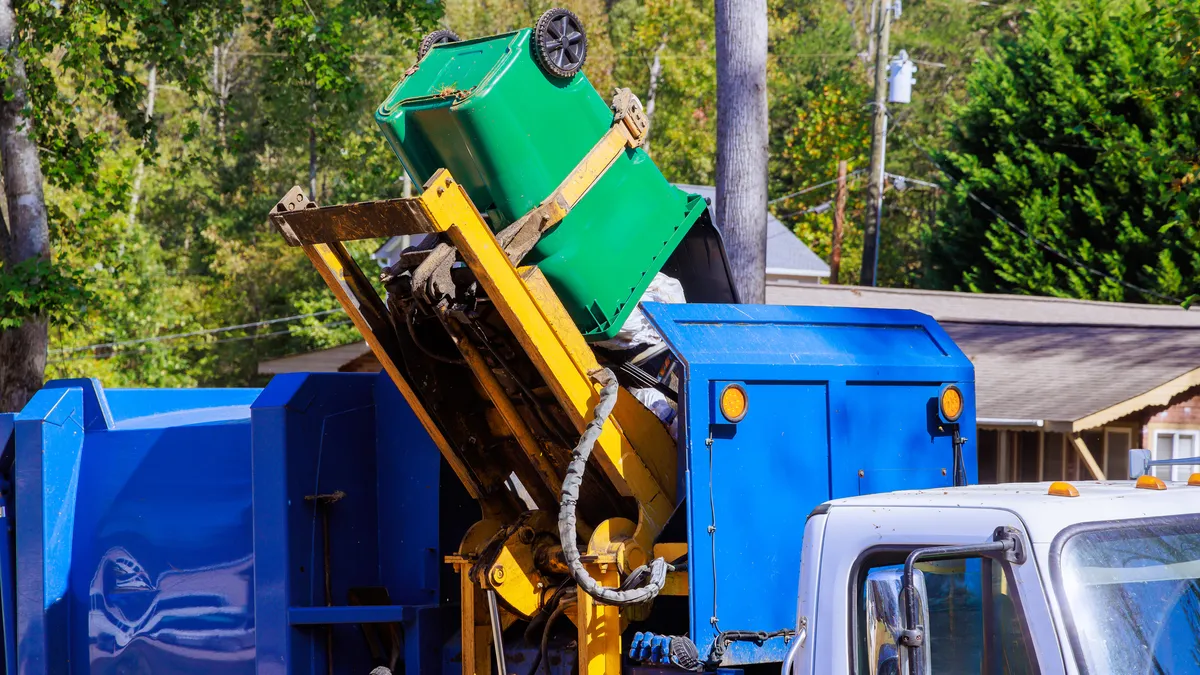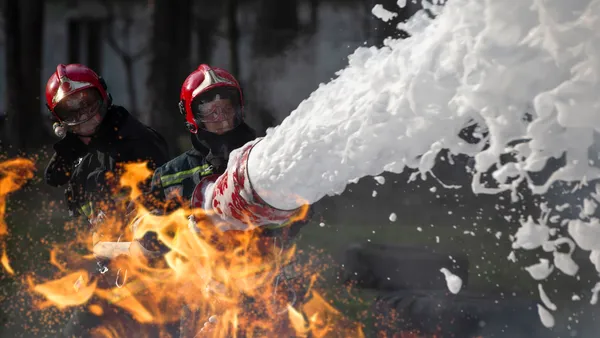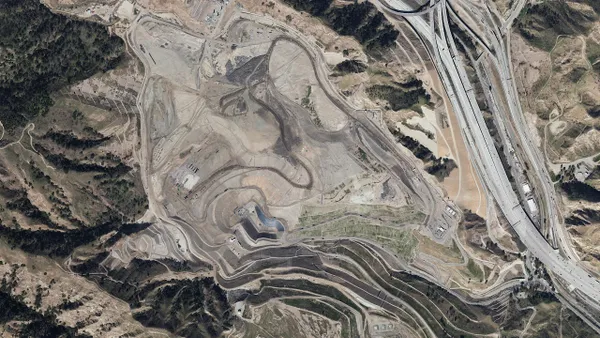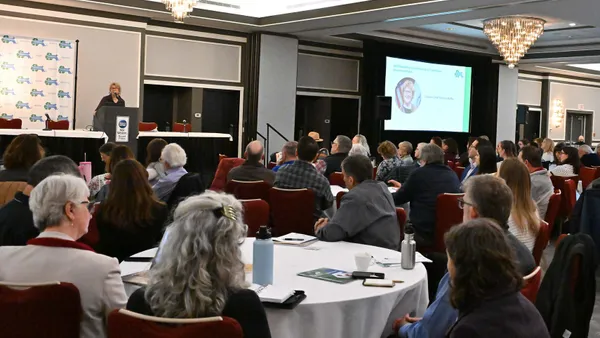UPDATE 12/5/17: Negotiations with potential responsible parties could delay the start of cleanup operations at the San Jacinto Waste Pits in Houston, as reported by the Houston Chronicle.
The responsible companies — which include Waste Management, McGinnis Industrial Maintenance Corp., and International Paper Co. — are withholding support because removing the material is seen as too dangerous.
EPA Region 6 Superfund Branch chief John Meyer said the details of the cleanup plan need to be worked out before signing an agreement. The cleanup is estimated to cost $115 million and take about 27 months once initiated.
UPDATE 10/20/17: The U.S. Environmental Protection Agency announced approval on Oct. 19 for plans to further stabilize and repair the riverbed near the San Jacinto Waste Pits in Harris County, TX following damage from Hurricane Harvey.
Officials discovered erosion of the river bottom up to 12 feet deep near the armored cap covering the site and the total erosion area was over 20,000 square feet. EPA directed the "potentially responsible parties" to stabilize the area. Construction, which should take about three weeks to complete, will include placing a geotextile fabric layer that’s covered with at least three feet of rock.
Dive Brief:
- The Environmental Protection Agency (EPA) announced Wednesday that officials approved a plan to shore up engineering controls and remove an estimated 212,000 cubic yards of toxic waste at the San Jacinto Waste Pits in Texas. The cleanup is expected to cost around $115 million.
- The concrete shield that had been used to cap the pits in 2011 leaked during the flooding that followed Hurricane Harvey, as reported by the Houston Chronicle. An EPA team found high levels of dioxin, a toxin that entered the pits in the 1960s via runoff from a paper mill.
- The EPA's plan, which is fully detailed in the record of decision, may encounter opposition. According to the Chronicle, at least one company is already challenging the EPA's strategy, saying that it provides less protection than the existing concrete caps.
Dive Insight:
During his confirmation process at the start of the year, EPA Administrator Scott Pruitt professed unfamiliarity with many details about sites on the EPA's Superfund National Priorities List (NPL). Since then, Pruitt has announced plans for a "top 10" list of Superfund sites to aggressively target and also talked about how the Obama-era EPA "failed" to take decisive action at the West Lake Landfill Superfund site in Missouri. So far that list has not been released and, while the EPA has shown some progress in addressing West Lake, specific plans have yet to surface for the site.
This makes the EPA's San Jacinto announcement one of the most notable Superfund decisions by Pruitt so far. If properly executed, the cleanup in Texas will prevent toxic material from continuing to spill into local waterways and hurting the local community. In keeping with Pruitt's focus on the business the community, the EPA's release said this plan "also provides certainty to other economic interests including the businesses that rely on the San Jacinto River for navigation and the Interstate-10 transportation corridor."
While Pruitt has touted the Superfund program, President Trump has proposed significant cuts to the EPA budget that would include Superund remediation. Depending on the level of funding that is ultimately decided, this could make it more difficult for the agency to accomplish its goals at NPL sites that require big cleanup and remediation commitments. Though until Congress and the White House can finalize budget details it is too soon to know how those projects might be affected.


